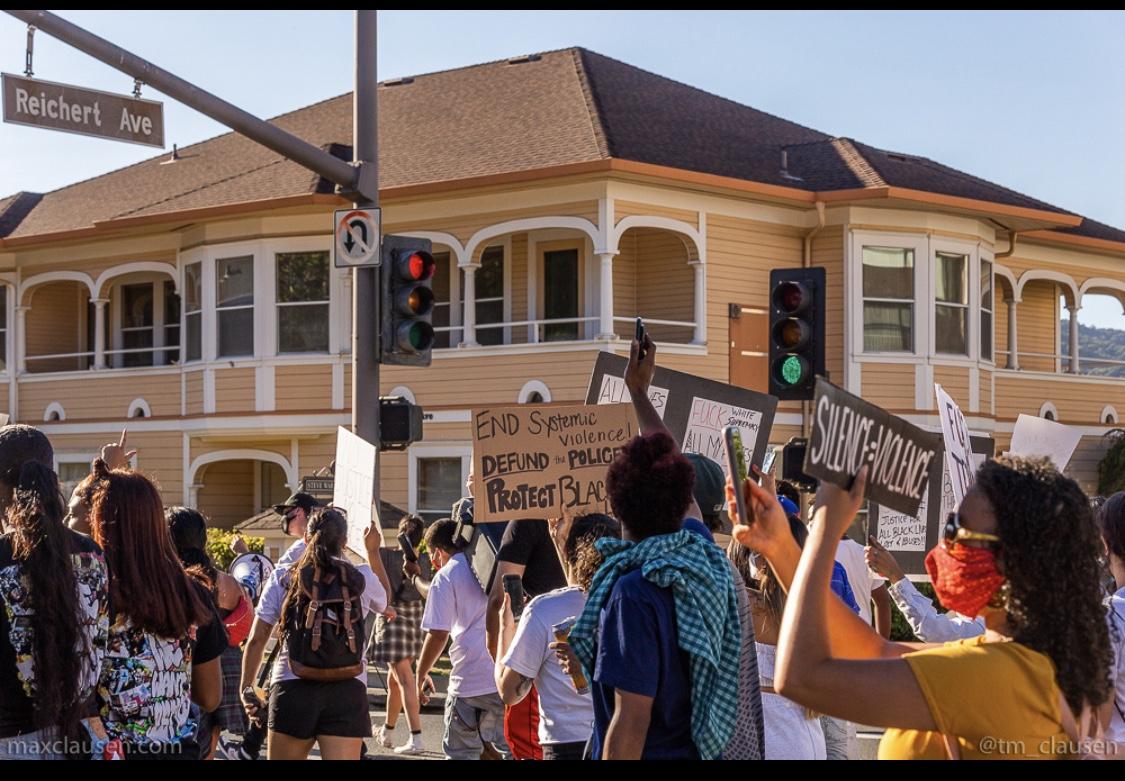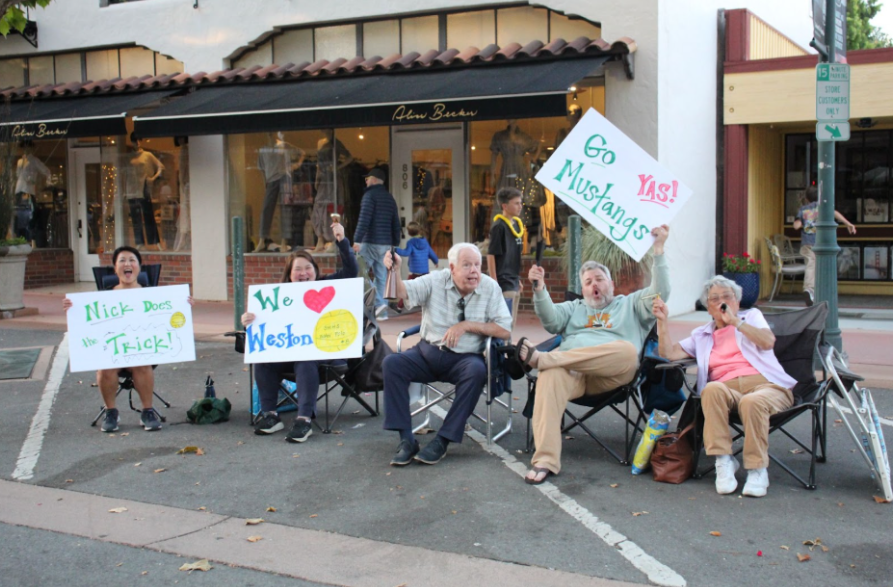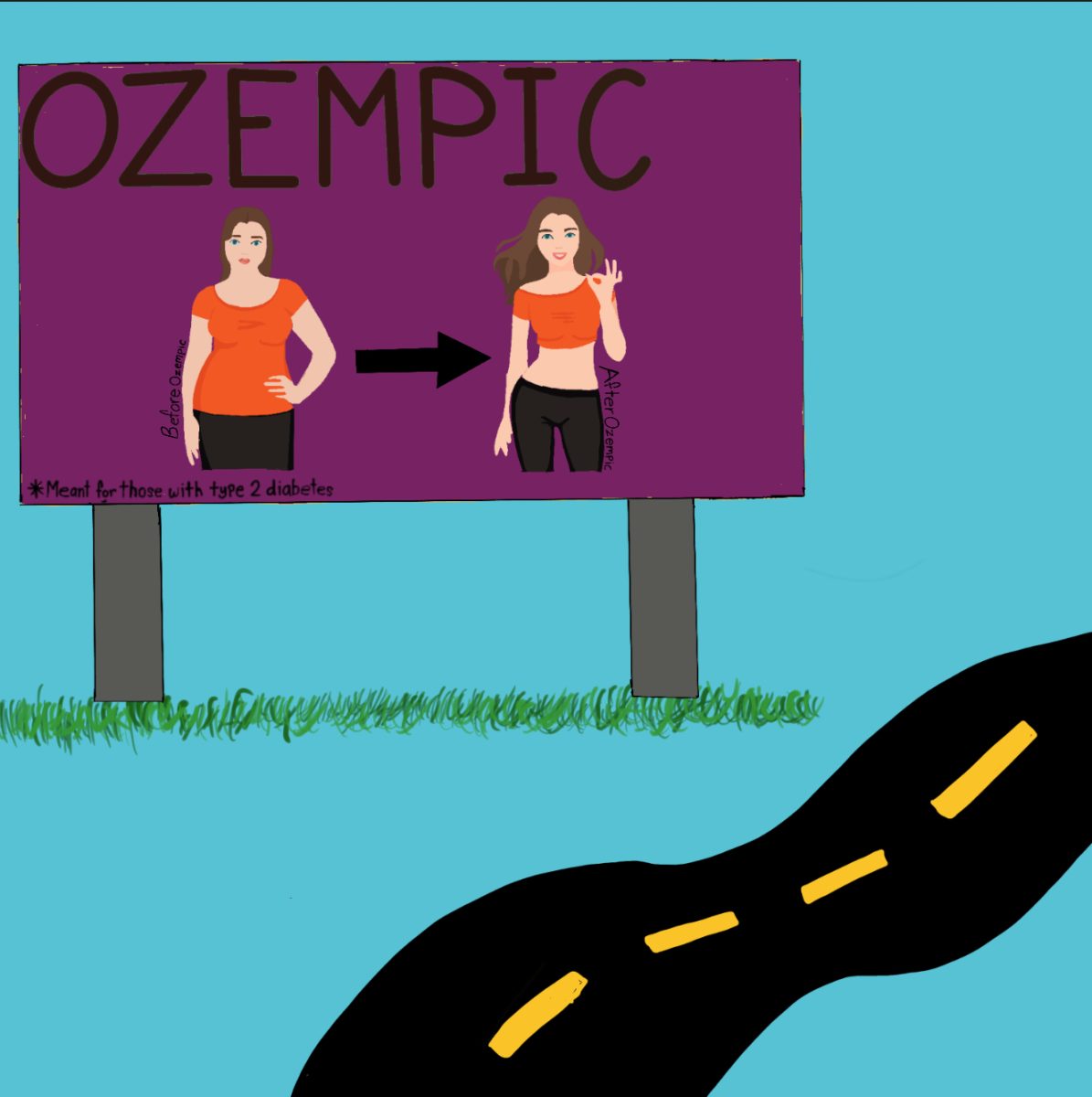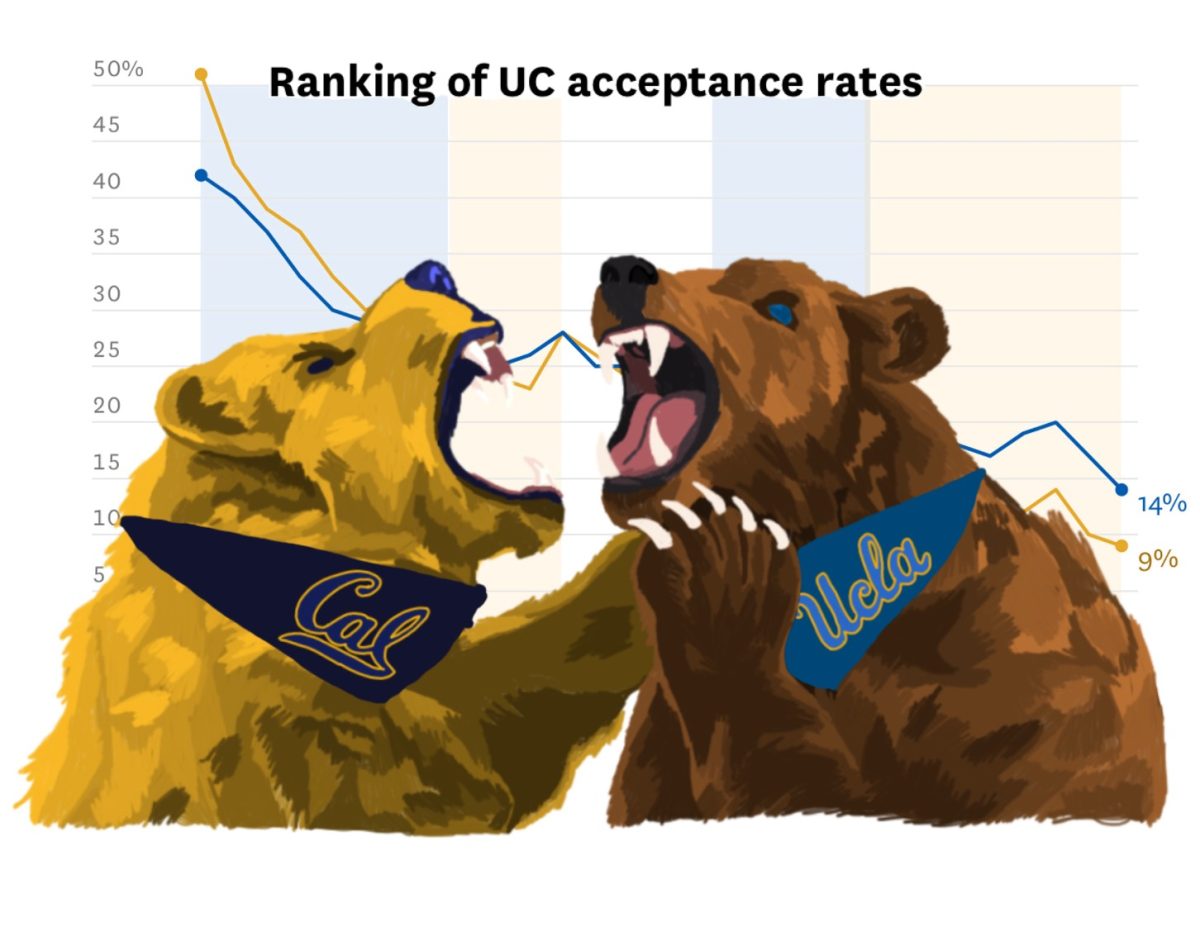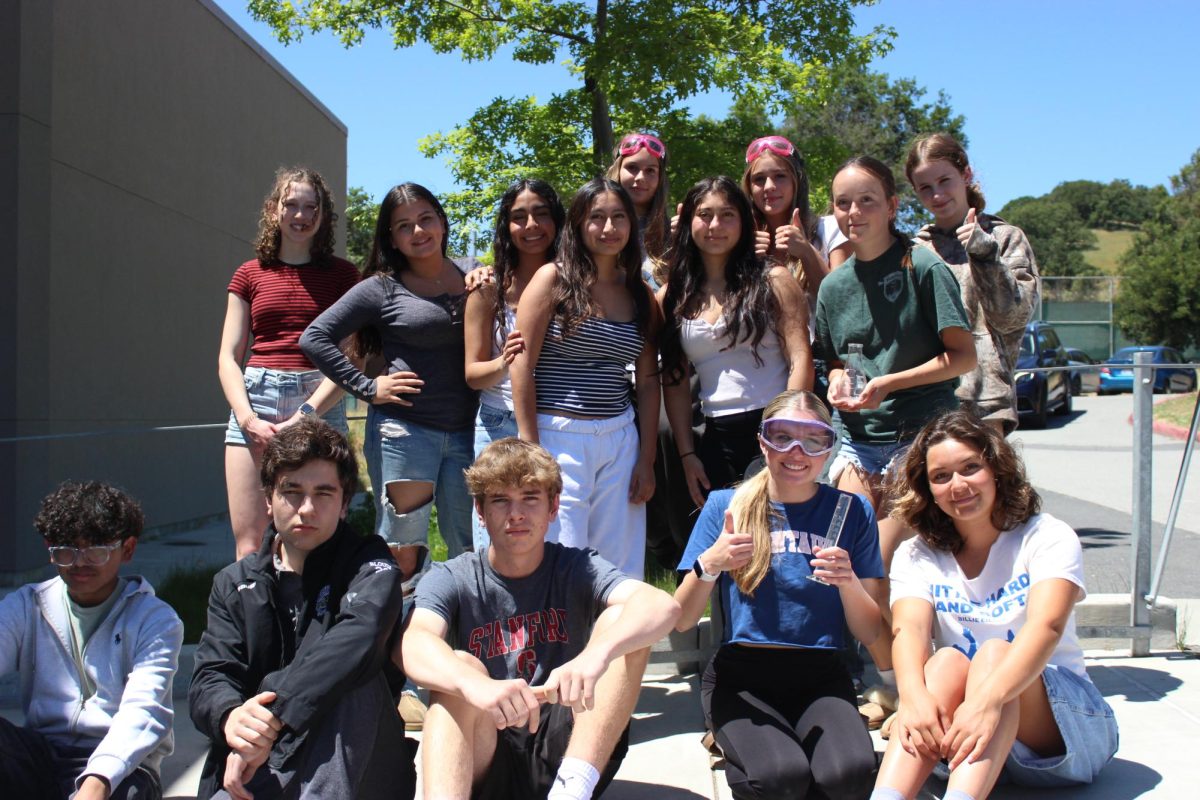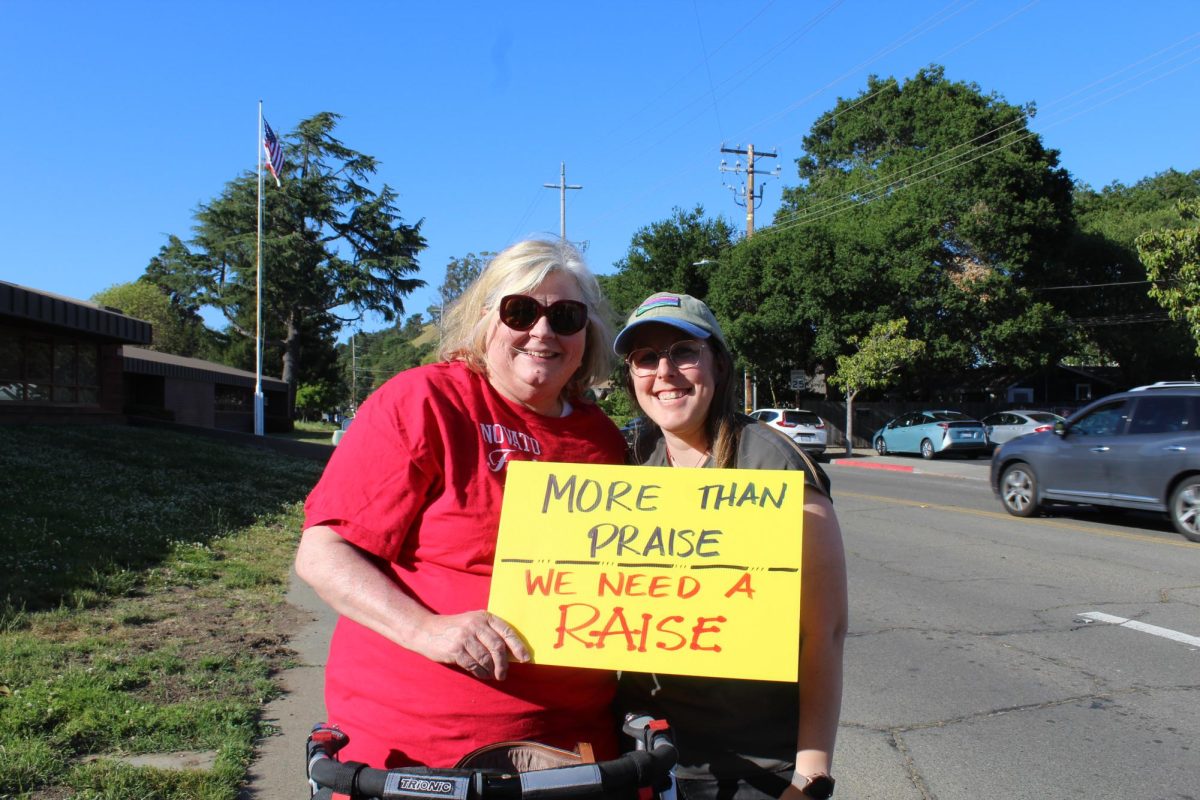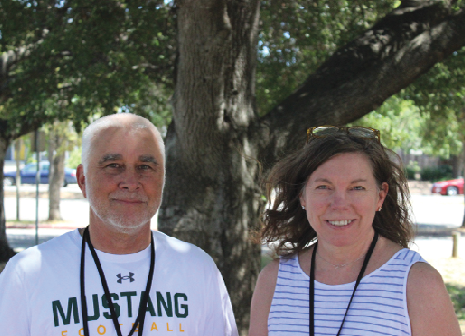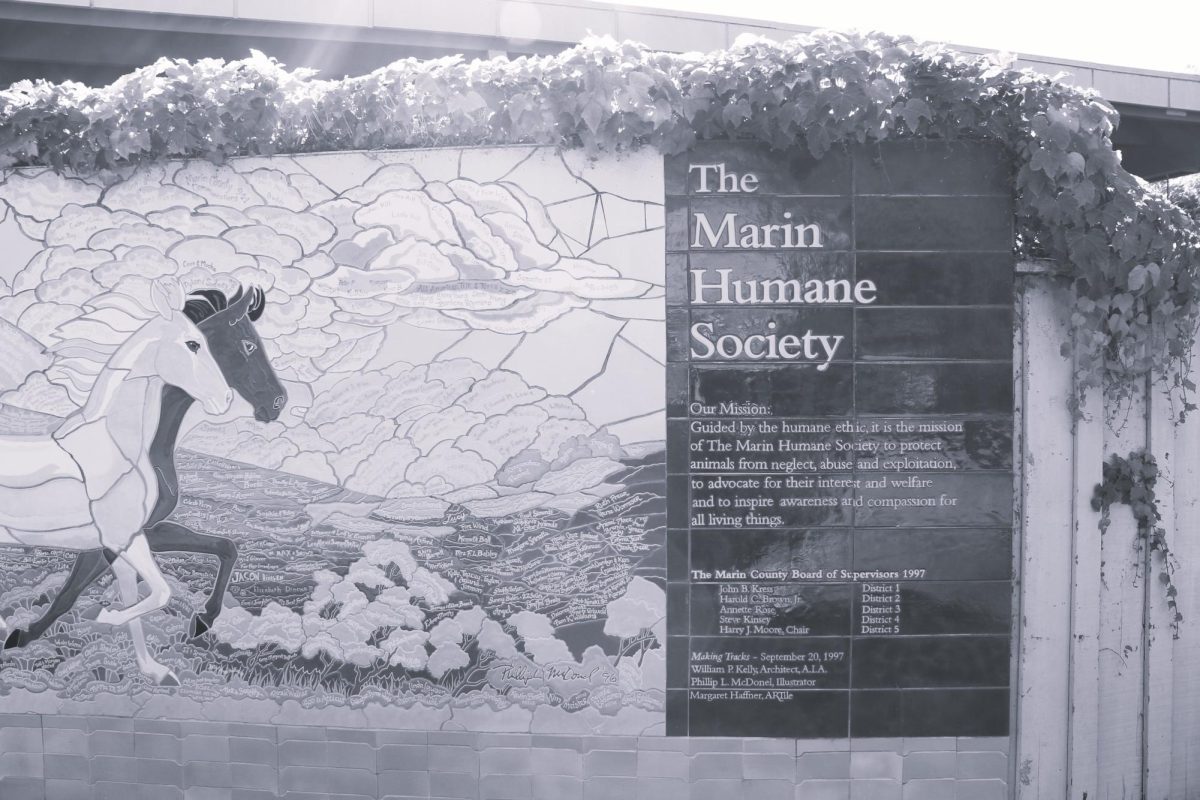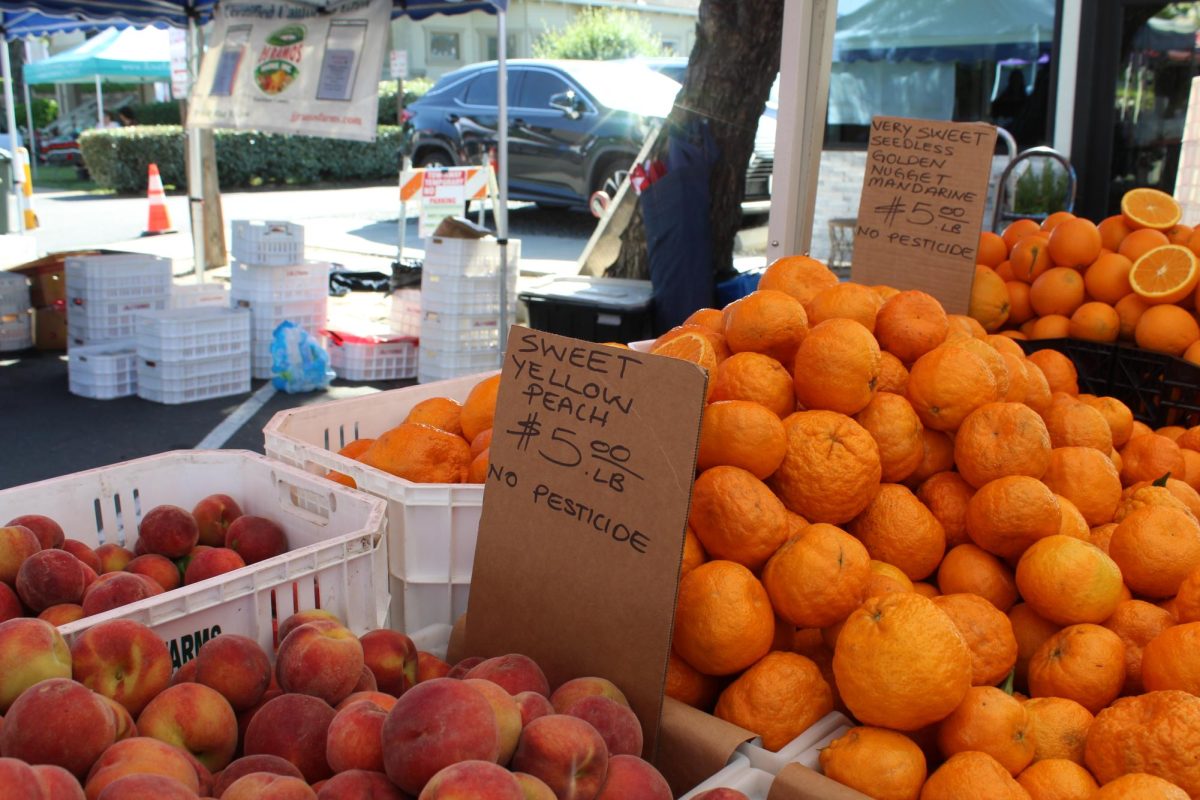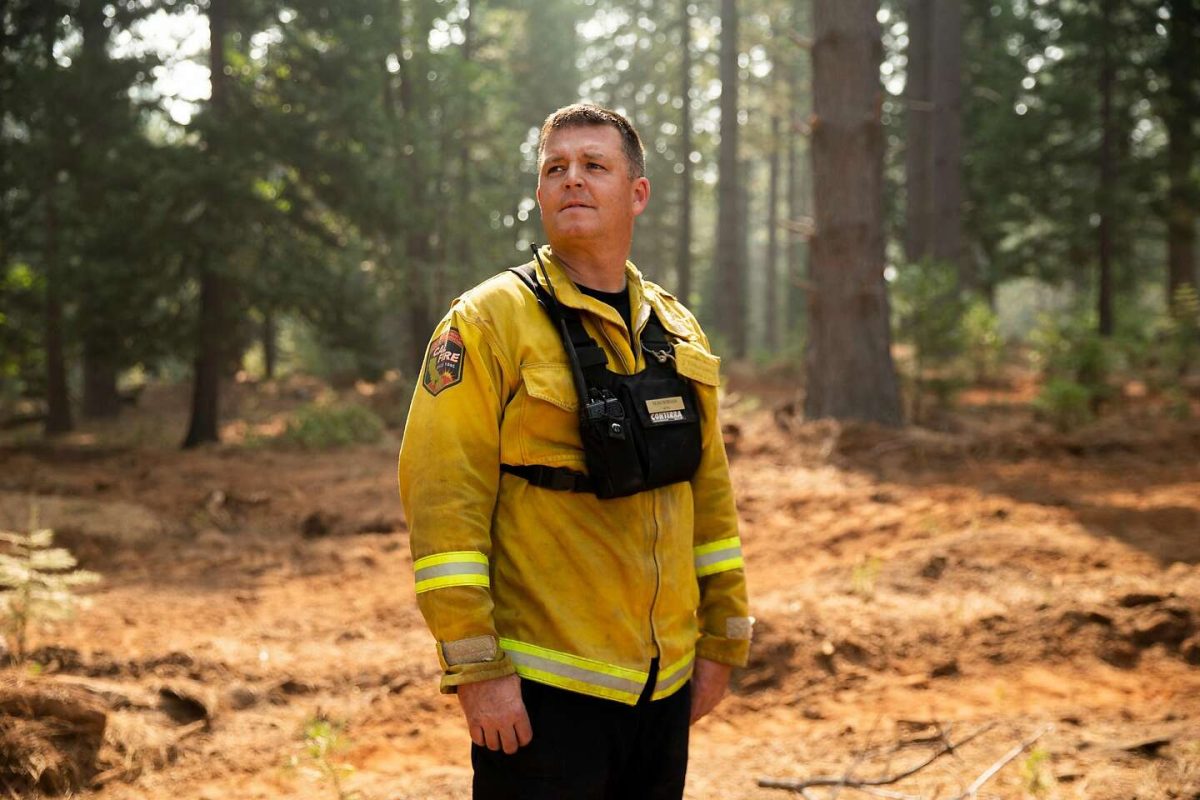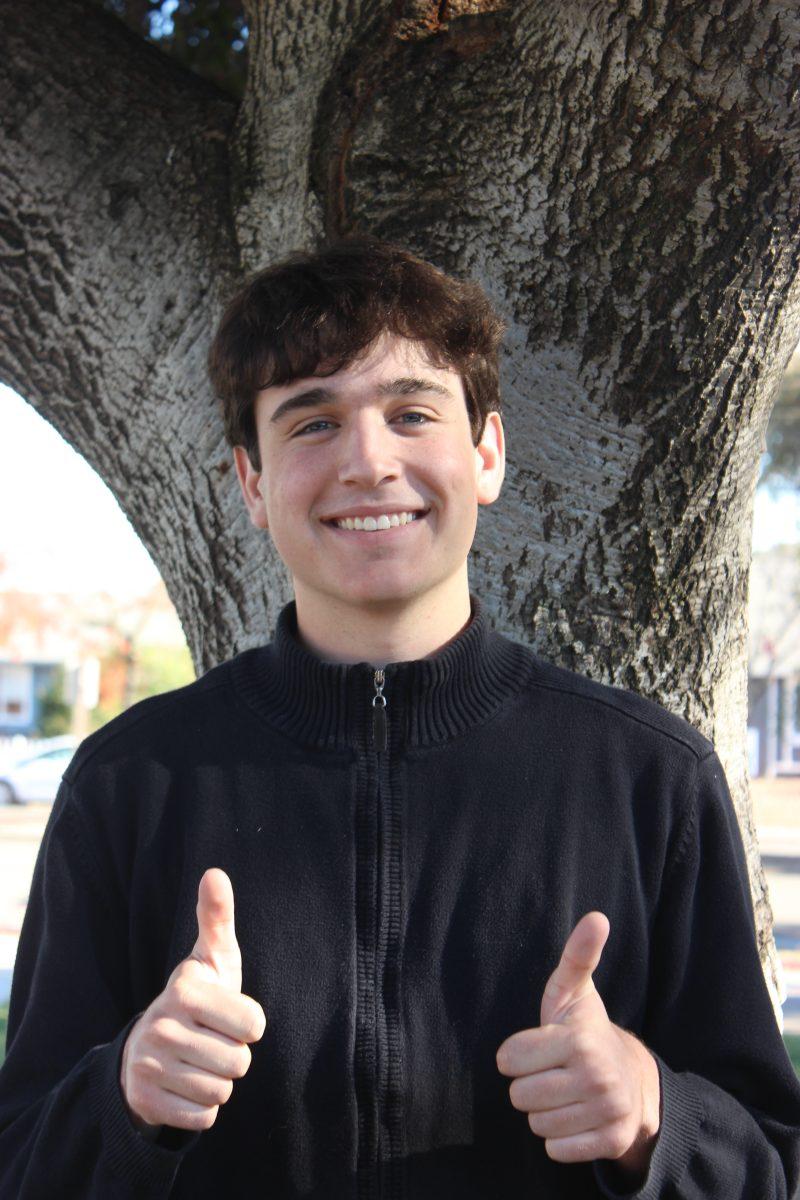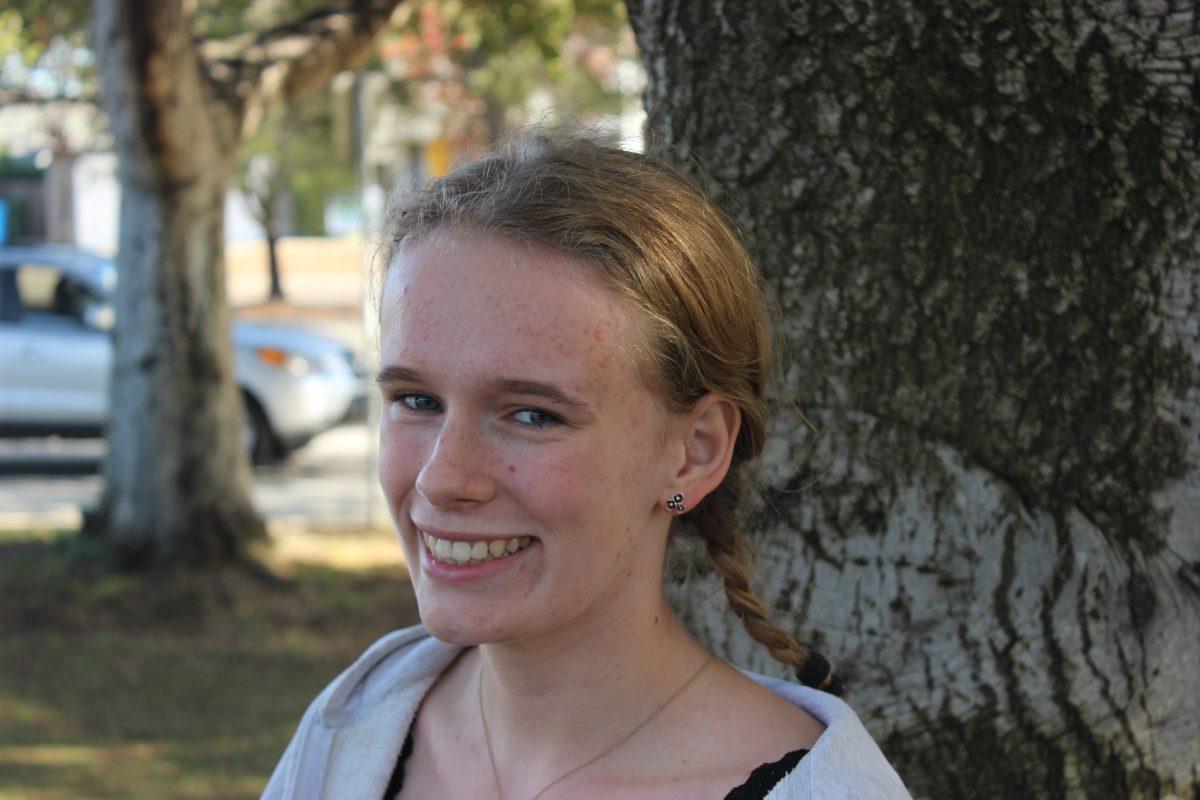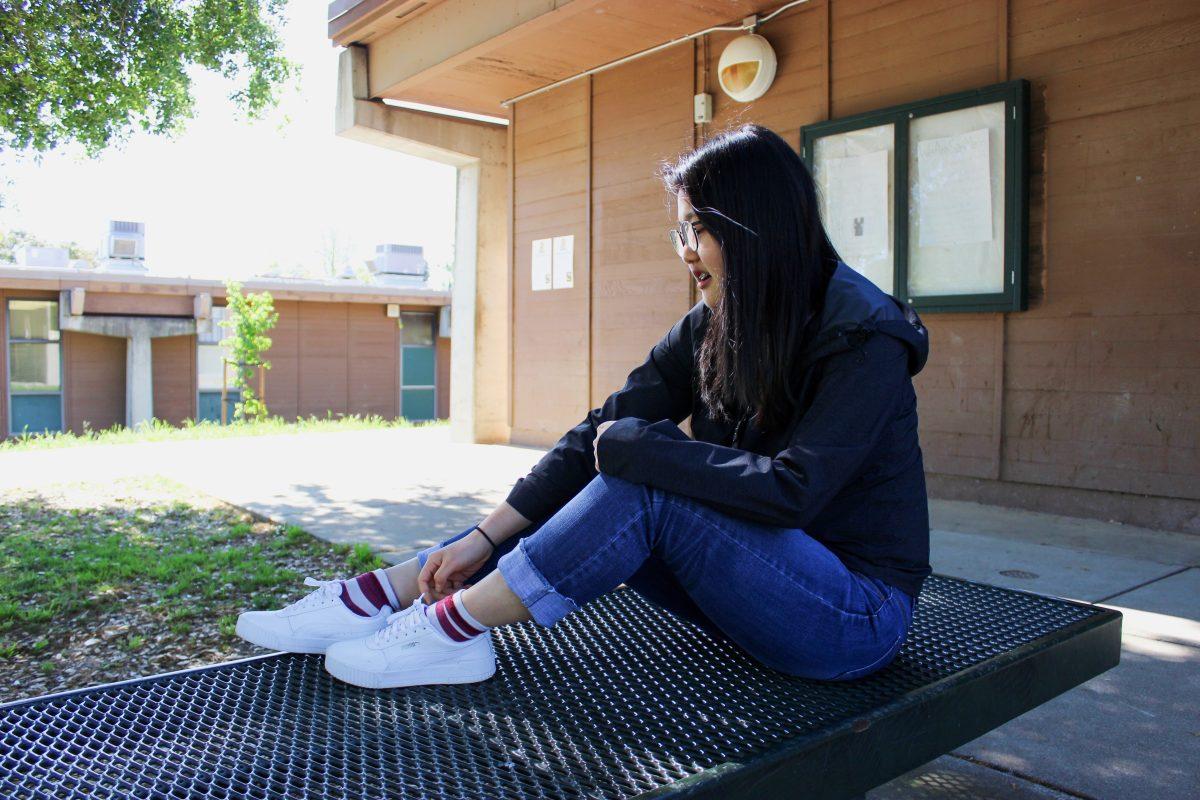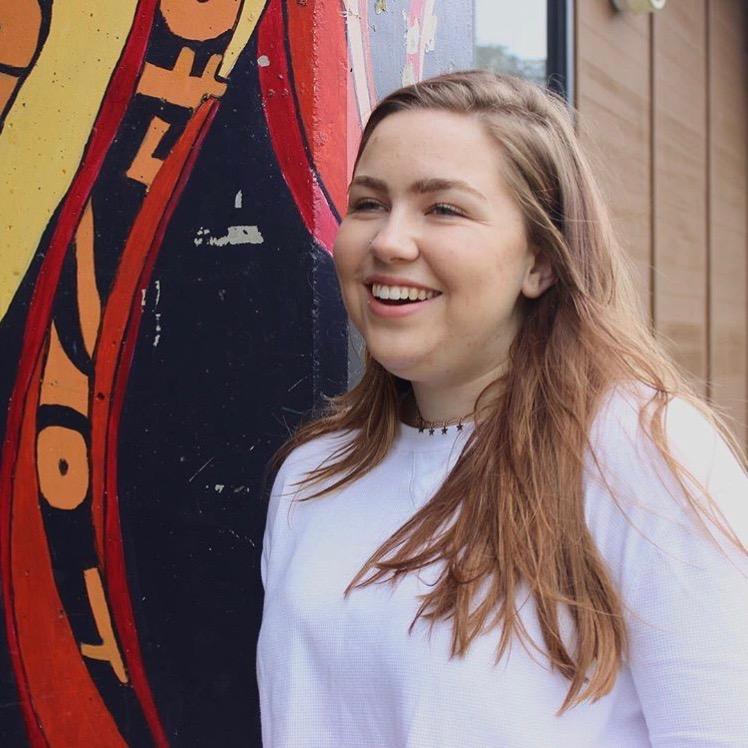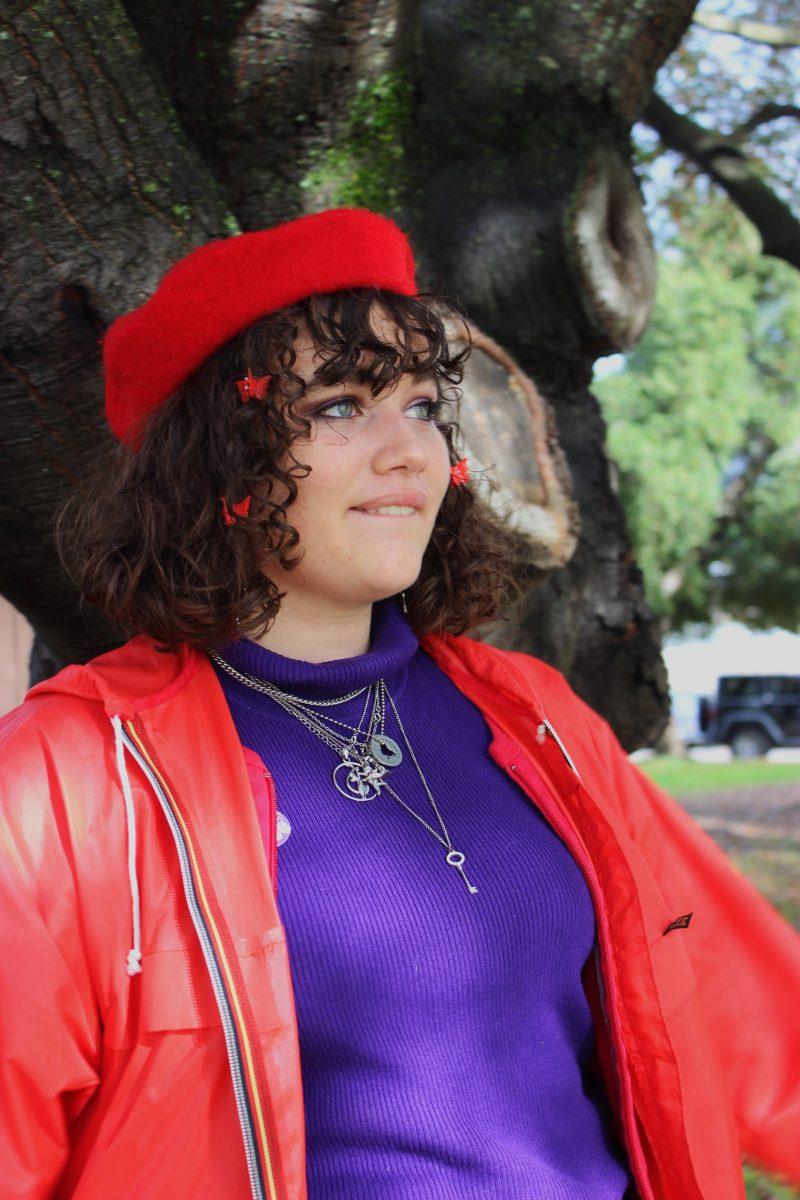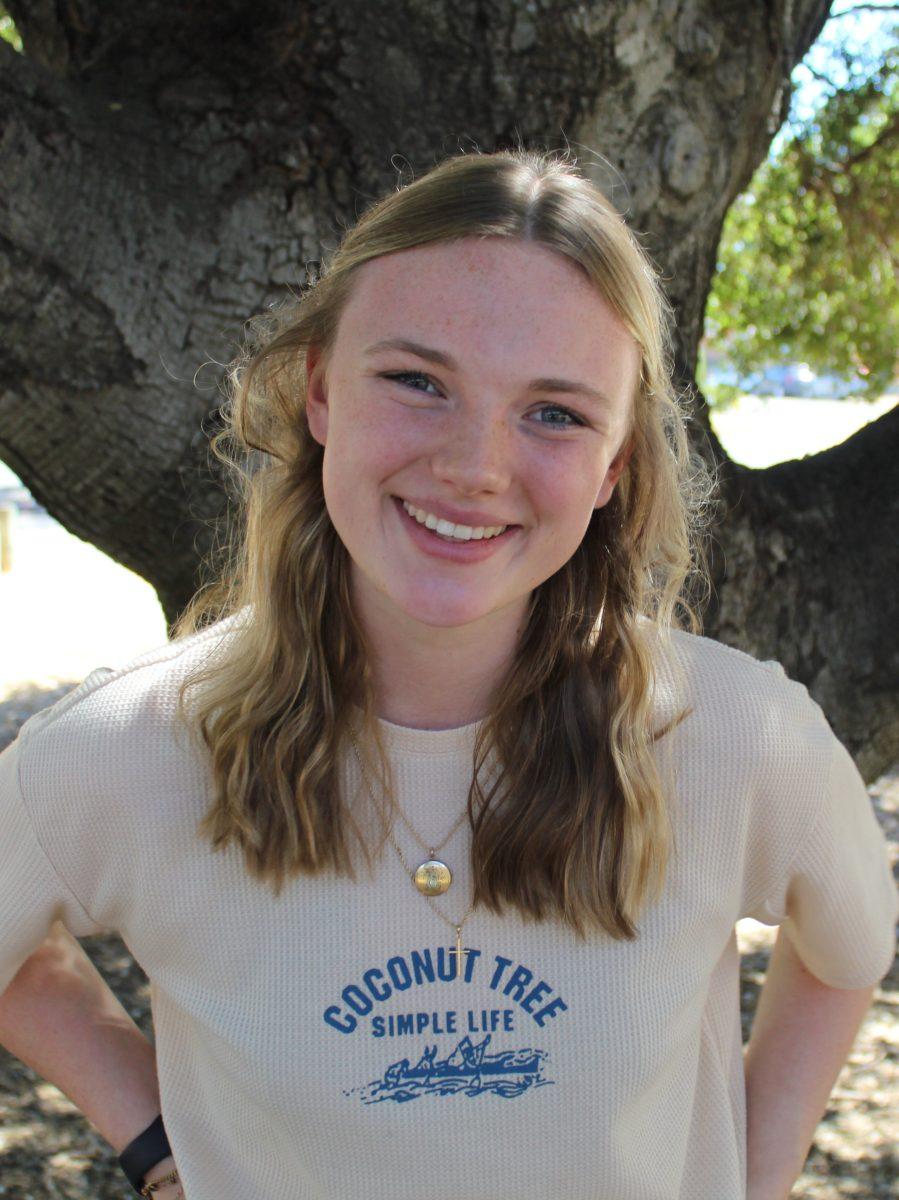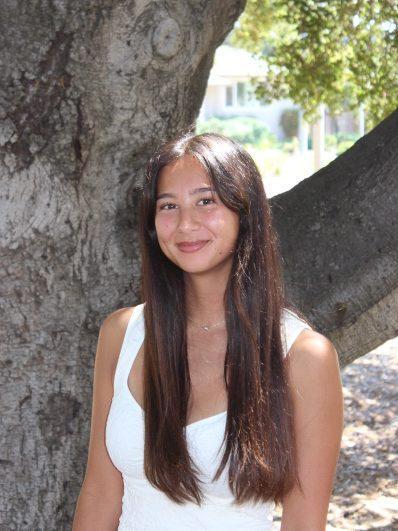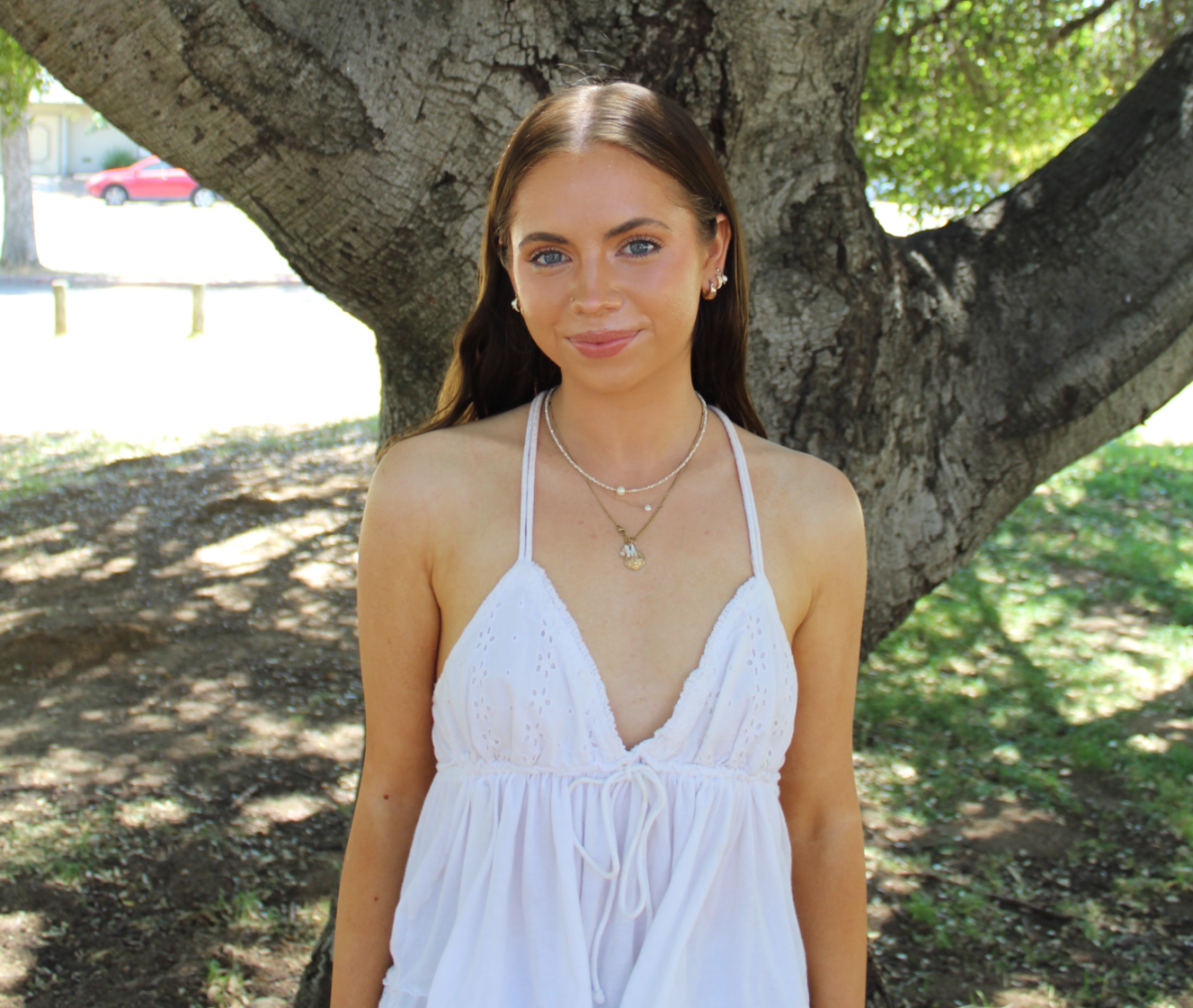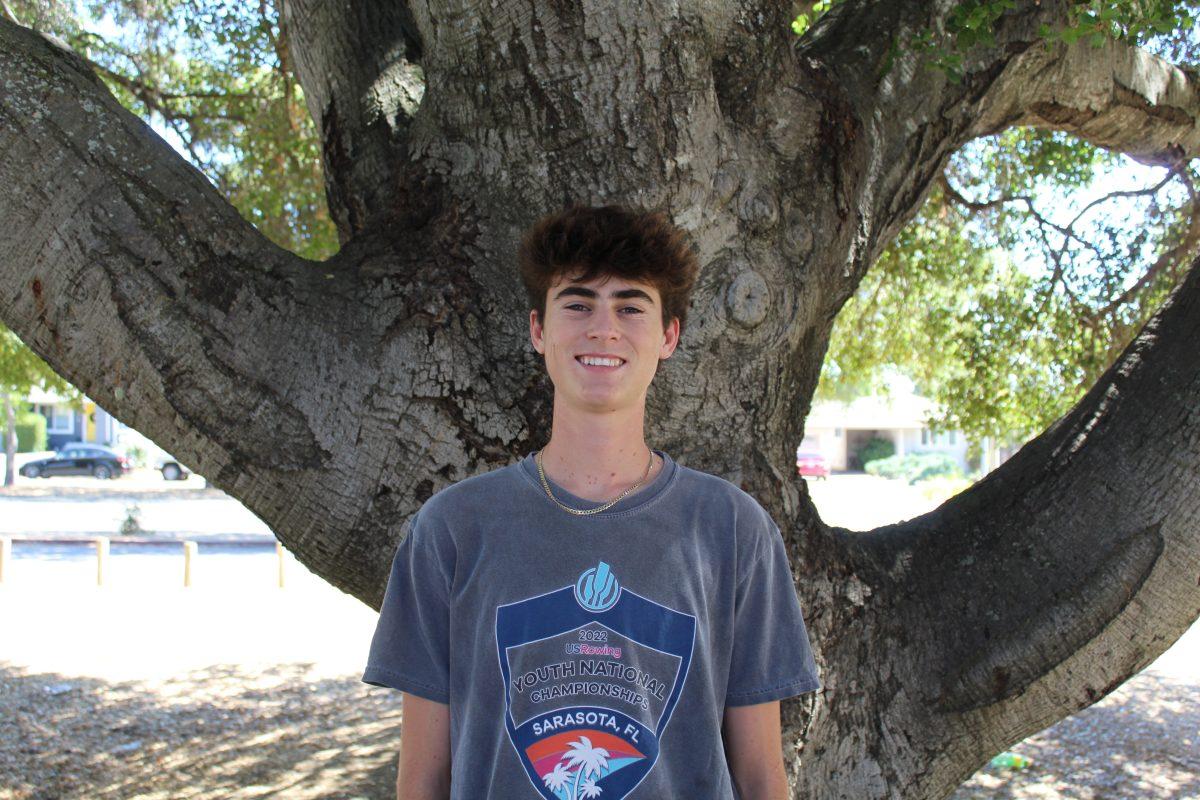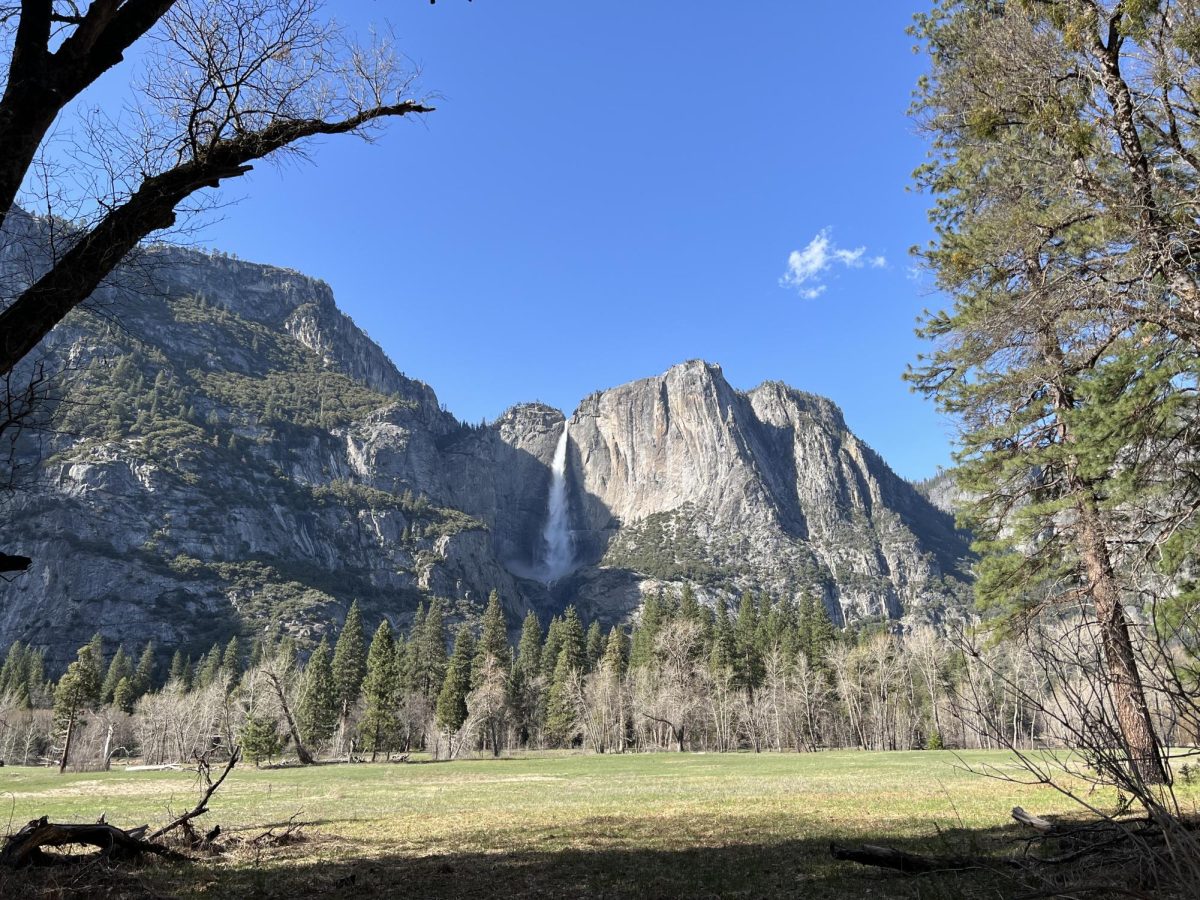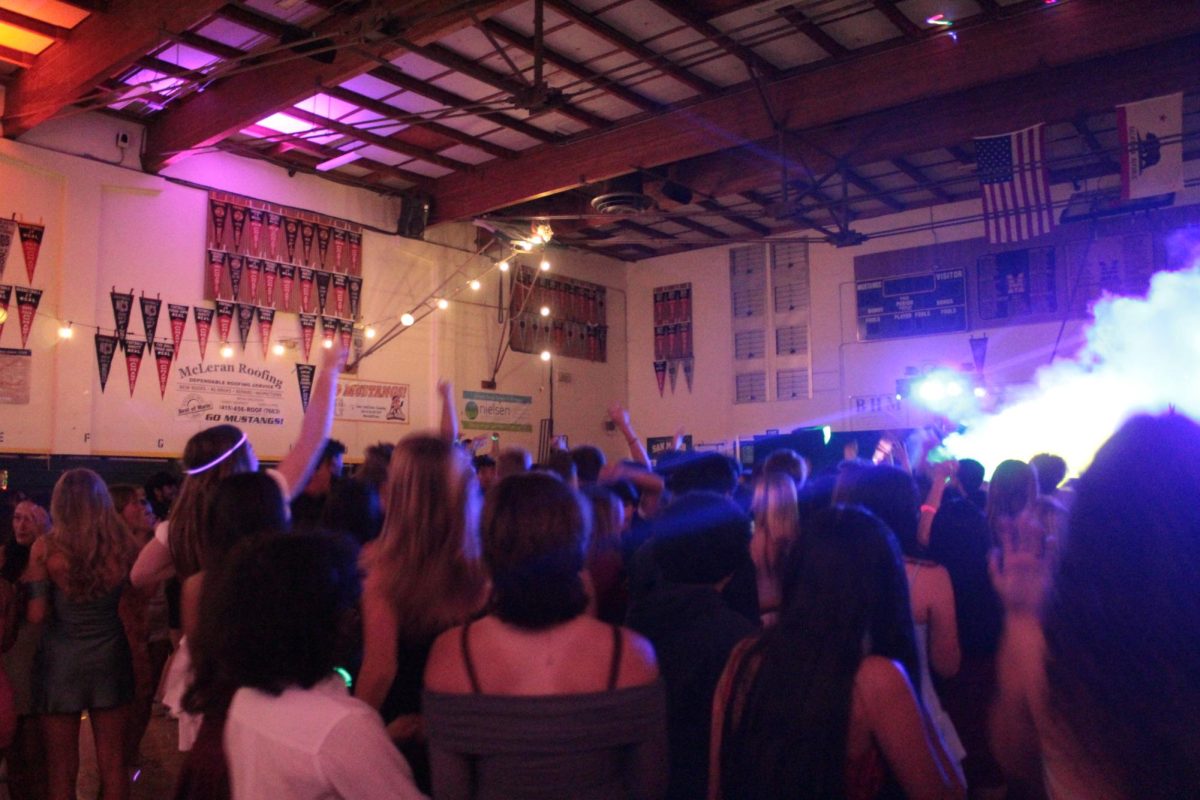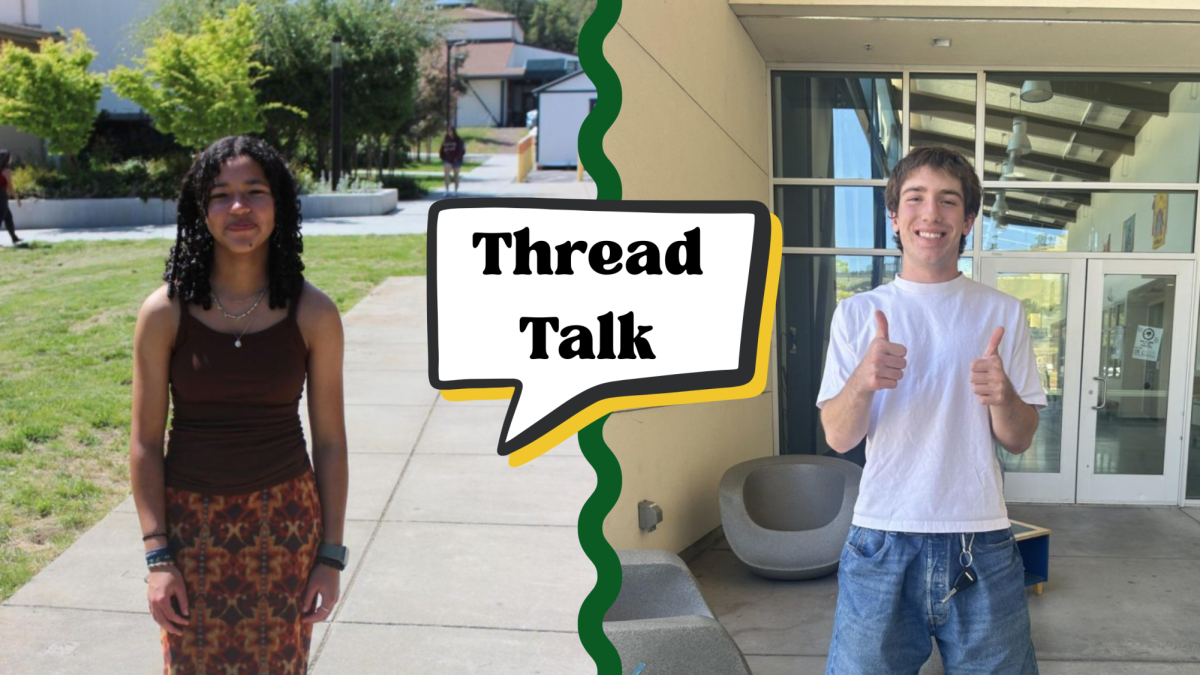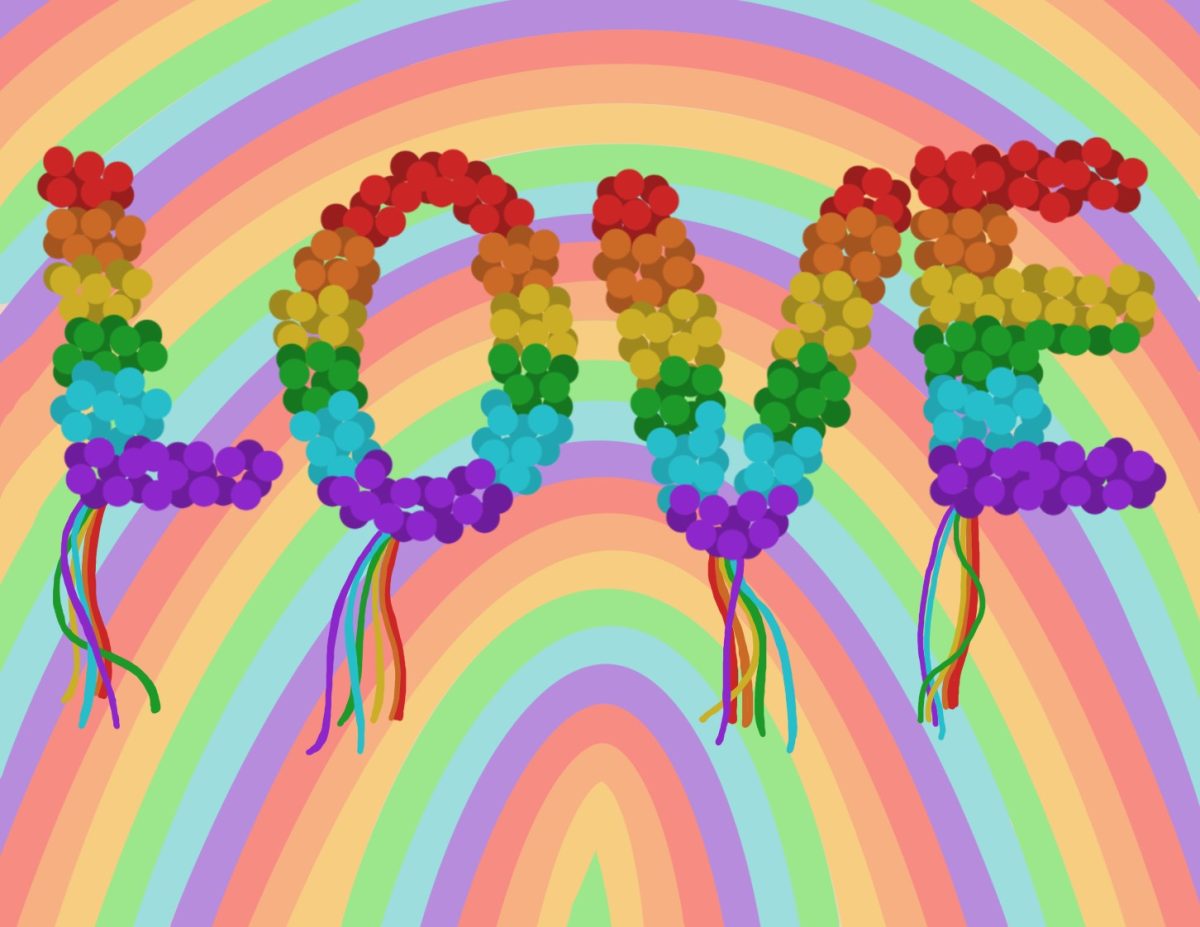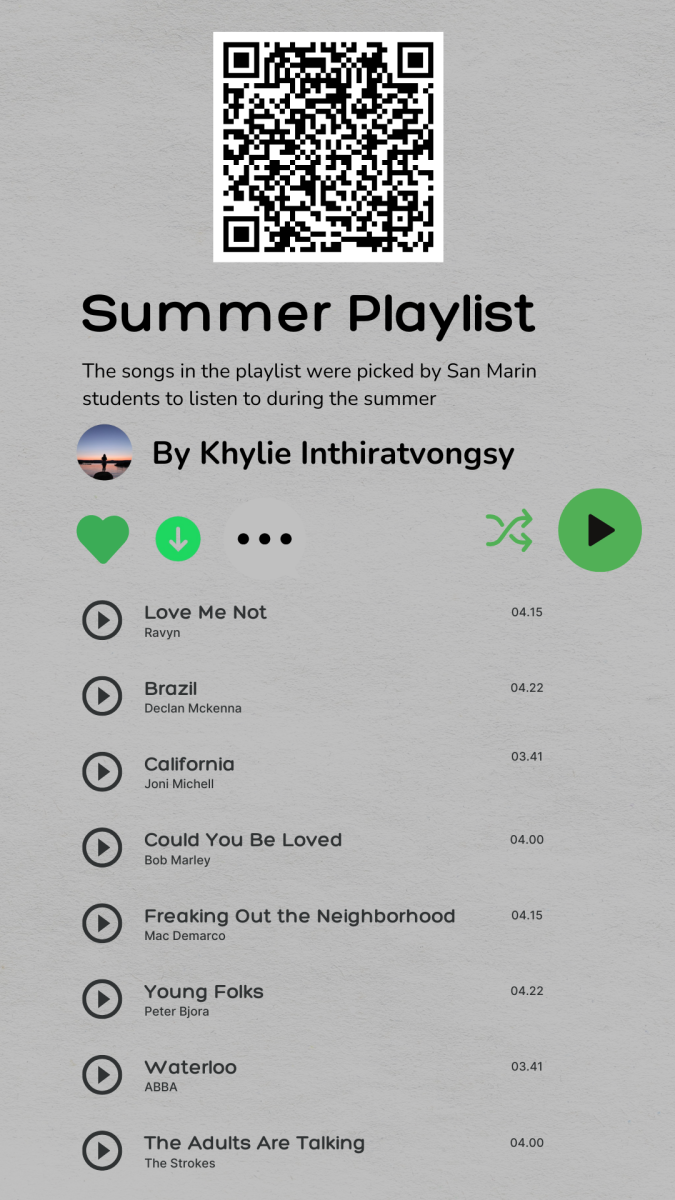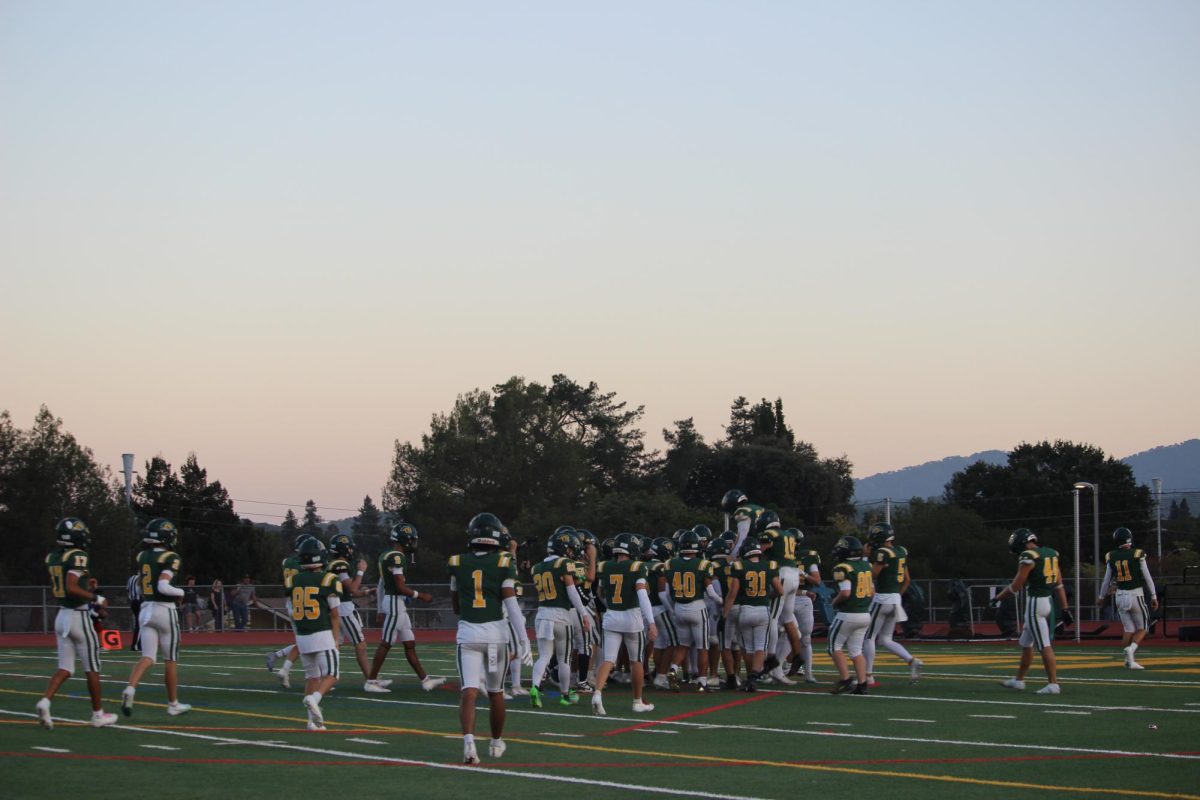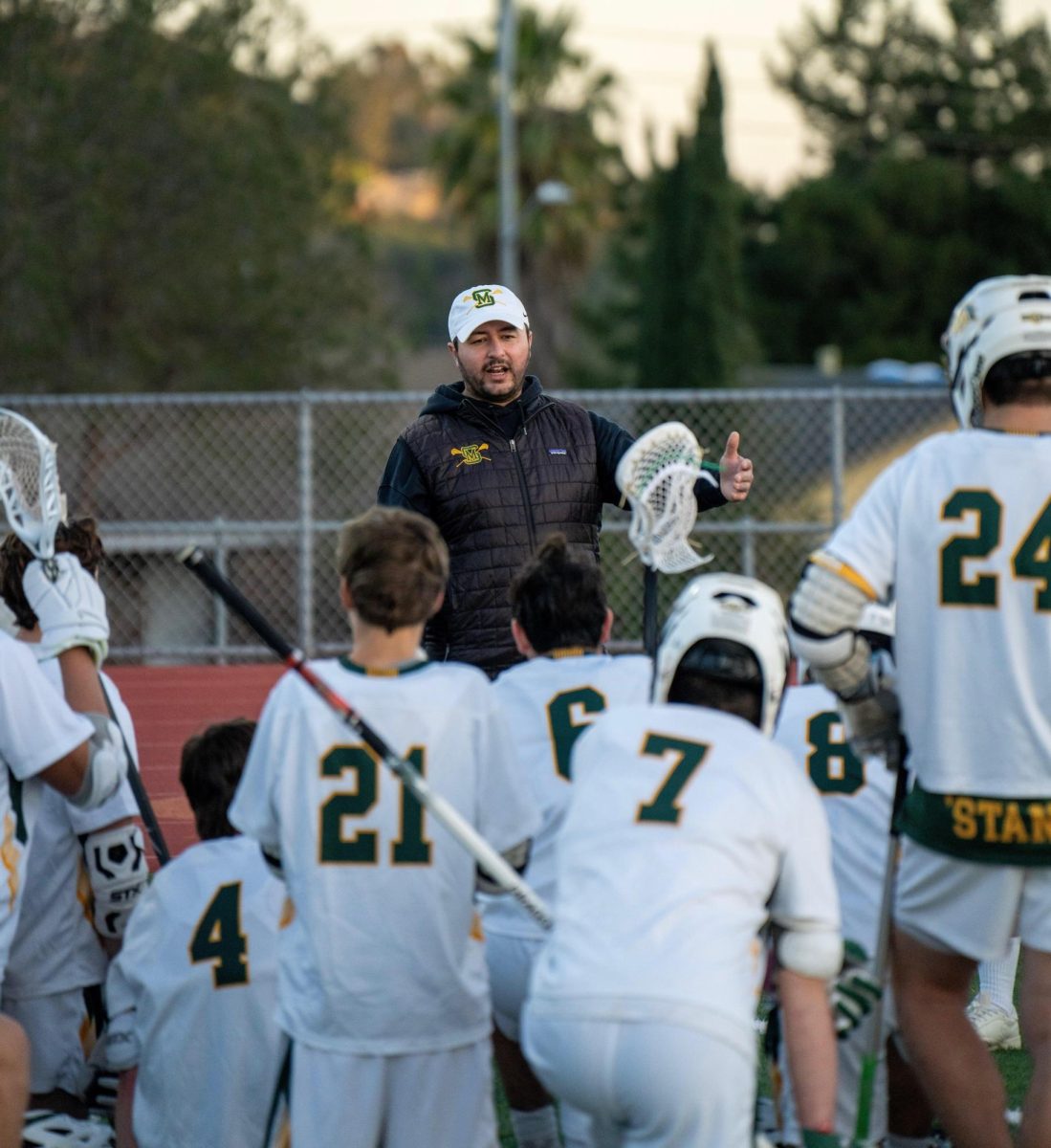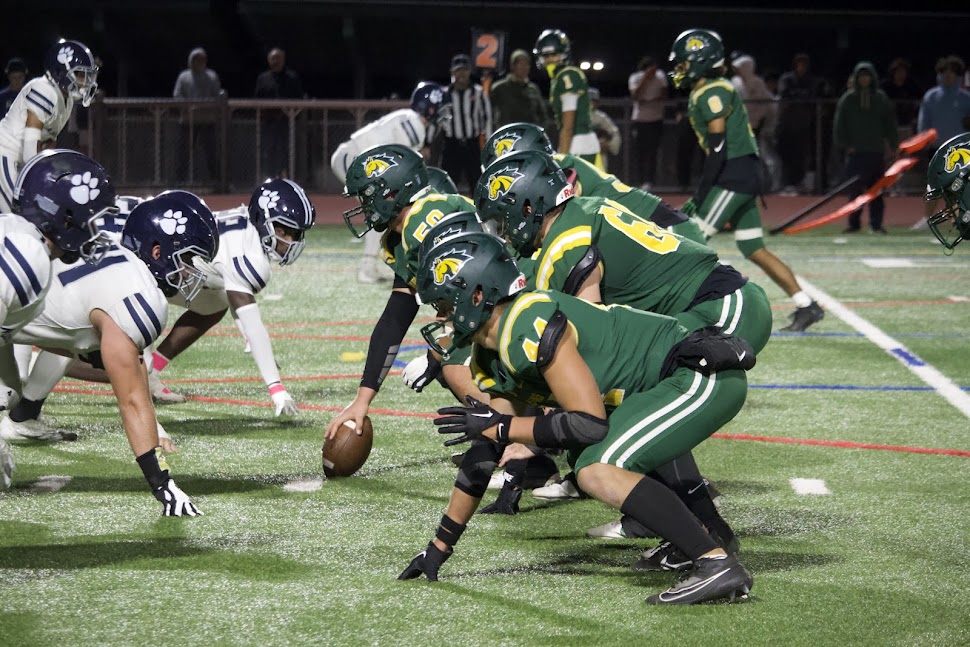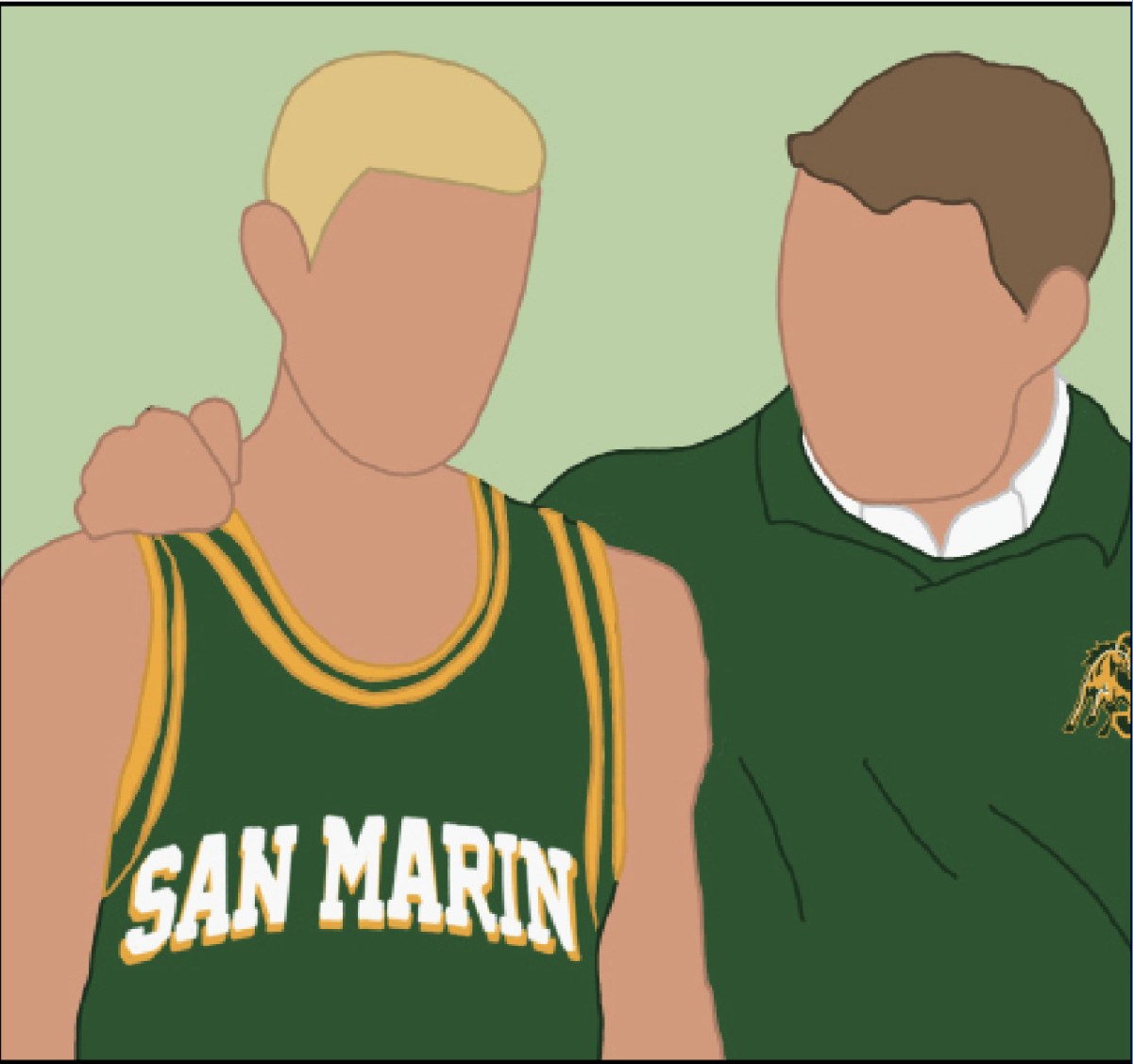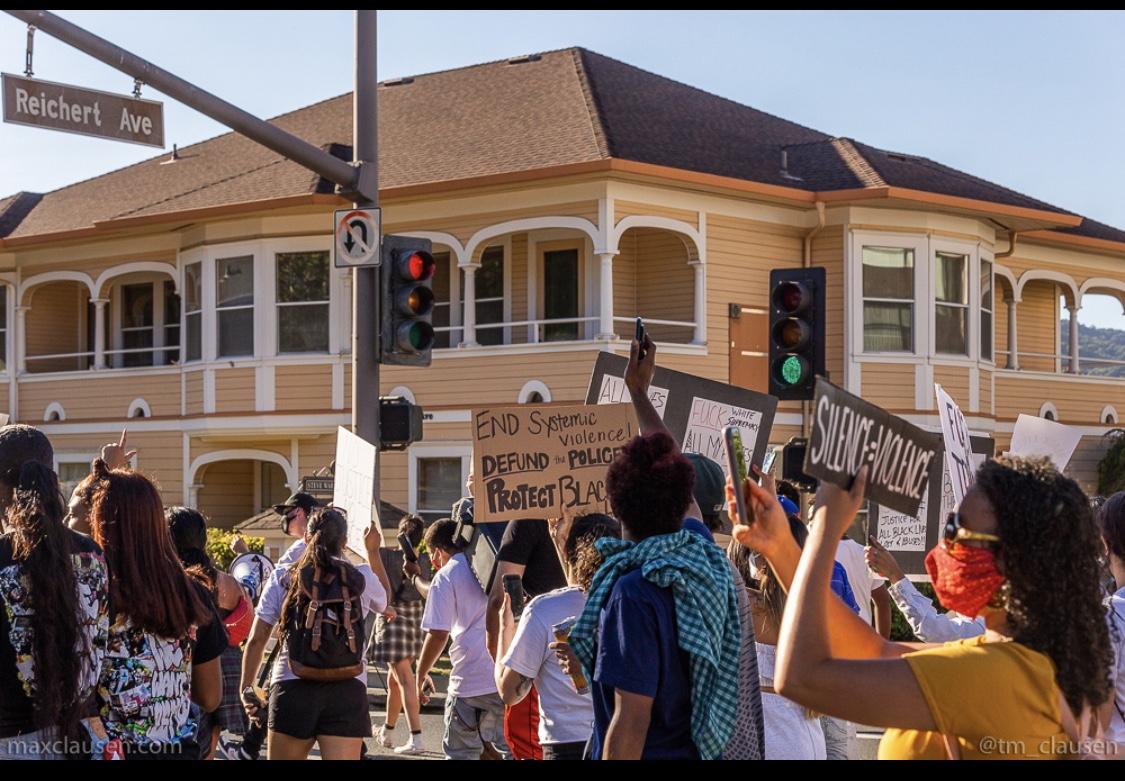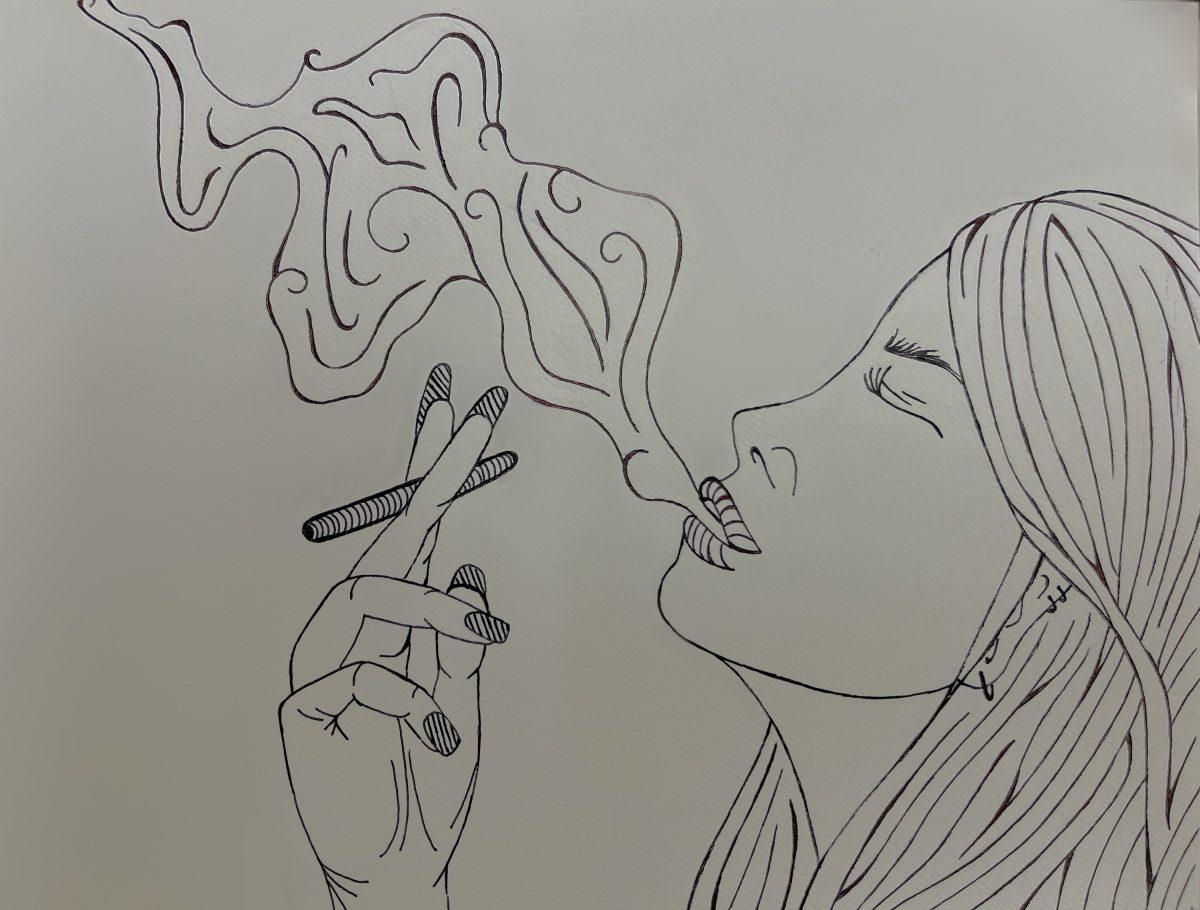Black Lives Matter (BLM), is a group established to raise support and awareness for those that feel undermined by a predominantly white society and it addresses nonviolent civil disobedience in the United States. With more cases arising regarding racially charged murders, the amount of protests worldwide and in our community has increased exponentially. San Marin students have participated in many of these protests and a few individuals spoke out about their experiences being black students on campus and in society as a whole.
“Because of how many white kids go to San Marin, no one can stand up or speak out against racial slurs or racism on campus, which is why it has been so normalized at our school,” sophomore Mahalia Morgan said. “The Black Lives Matter movement has made it much easier for me to use my voice and be listened to in general because people have a better understanding of what I go through, and people are more culturally aware.”
Black students represent 2% of San Marin’s student population, according to a study done by Public School Review, which portrays the lack of diversity on the campus. Other black and African American students at San Marin have also expressed their feelings about racism on campus and the lack of cultural diversity.
“San Marin does not understand the depth of the racism and microaggressions because most of the teachers are not black or people of color… racist jokes are not addressed, it is viewed as bullying rather than racism,” junior Mizauni Reese said. “I thought the saying was no student left behind, but the lack of cultural representation does not correlate with that. So many hispanic students who are still learning English are thrown into classrooms with teachers that move on with or without them. We need a more diverse representation of staff members so that all students feel included.”
Teachers on campus have also opened up about their feelings towards racism at San Marin and the role that the school plays in creating a safe, comfortable learning environment for people of color.
“We need to establish a strong community with an anti-racist stance that signals that we will not tolerate racism in the classroom, anywhere on campus at anytime, off campus (athletics, clubs, etc) and in social media,” science and AVID teacher Michelle Lafevre-Bernt said.
Principal Mark Sims mentioned that one of his goals is to introduce a global studies or cultural history class to the curriculum, in an effort to educate students about different cultures and to allow kids of different backgrounds to feel represented in their courses.
“The district is moving towards adding a class, I am not sure that it will happen this year, but I have talked to one of the teachers on campus about going in that direction, and I do think that it would be popular,” Sims said.
Teachers and staff members at San Marin want to raise the behavioral standards for students at school, as Sims explained that when people expect more out of someone, they tend to deliver.
“We have to help everybody reach higher expectations while they are here at San Marin,” Sims said. “As a group of people, how are we going to hold each other to that high level of expectation? We must address racist comments firmly, but we also must help them understand why these are not okay.”
Other departments at San Marin have described their feelings about American culture by bringing up similar ideals regarding police brutality, racial injustice at San Marin, and the normalized attitude towards racism nationwide.
“These recent events regarding police brutality and racism as a whole aren’t new, they have been going on since the forming of the country,” philosophy and English teacher Wesley Swedlow said. “But now we have access to video, and sadly this is just the norm of America.”
Issues of racism and law enforcement have been presented as an issue at San Marin, and with the entire country.
“Racial slurs are normalized in United States culture,” Swedlow said. “White identities are raised to see themselves as superior even if they are not conscious about it.”
Swedlow believes that our school focuses on GPA, graduation rates, and A-Gs rather than putting its attention towards cultural diversity mixed with a sense of inclusivity, and students agree.
“The Spanish program is constantly lacking teachers, and most of the students that graduate from San Marin do not know how to speak or understand spanish,” Reese said. “It is embarrassing because it seems to portray a total lack of cultural care.”
Students and the staff at San Marin have been addressing certain flaws within educational institutions and American culture as a whole, which is the start of change.
“I am saddened and disappointed by the things I have been hearing, but I feel there has to be actions taken,” Sims said. “One of our goals is to get students, starting with a smaller group, and expand that out in order to reach the place where it is clear what we do not tolerate here.”
